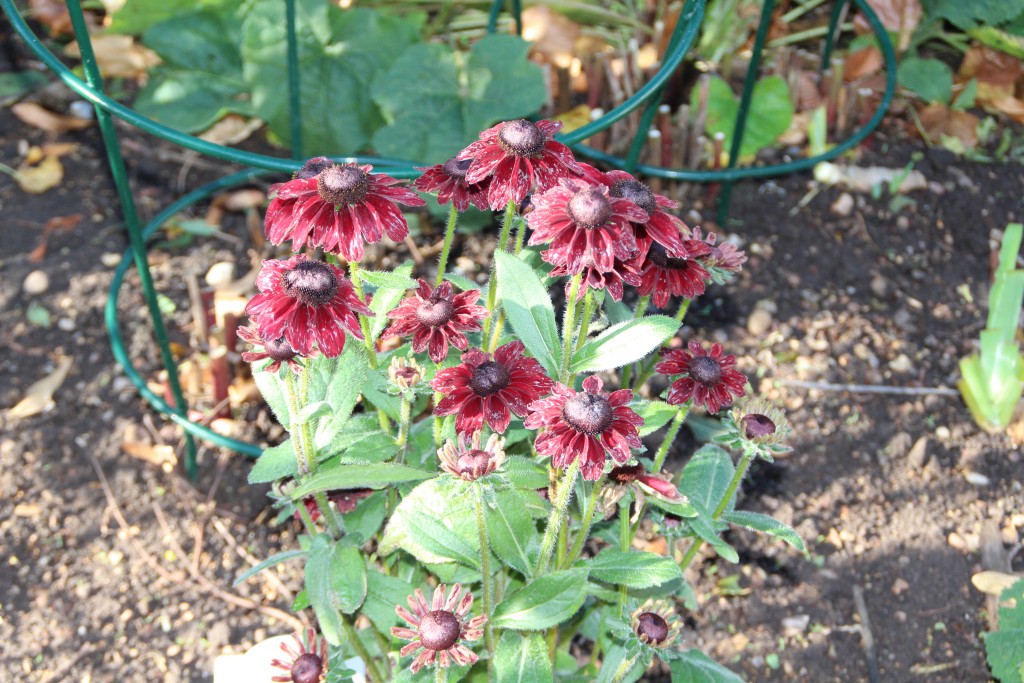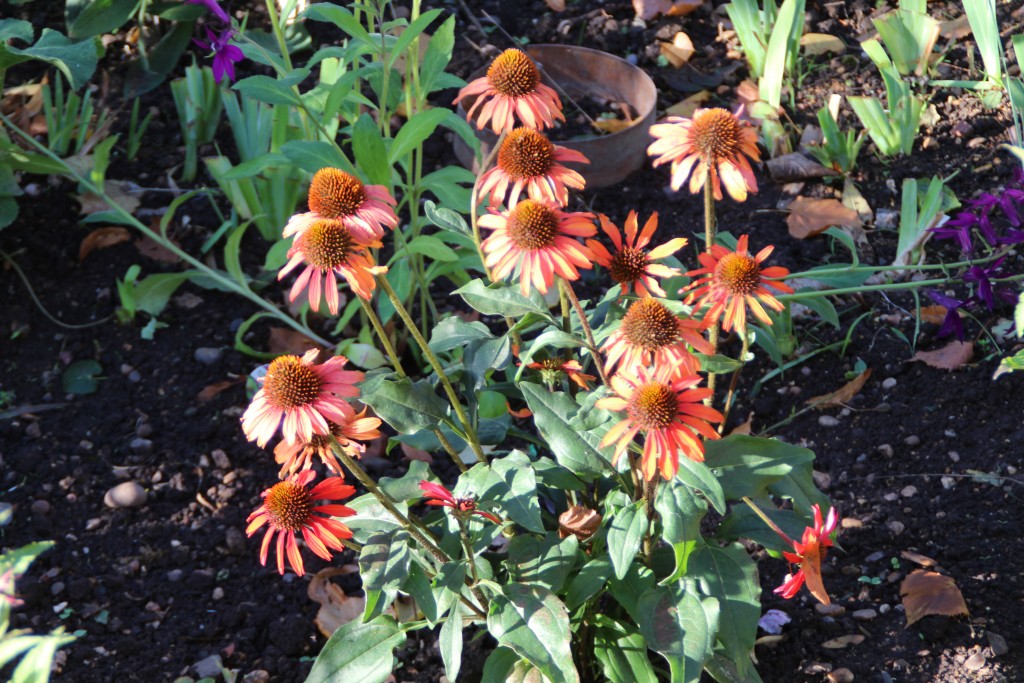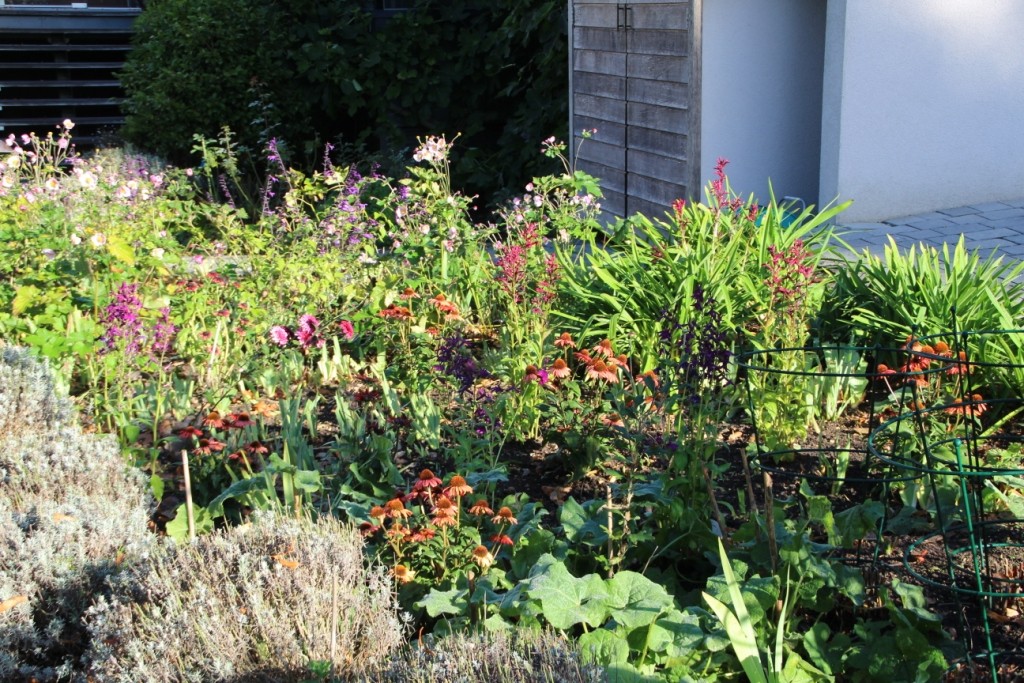As the weather starts to cool, and hopefully, at least in our neck of the woods, we start to get some rain, it is a good time to be thinking about lawn maintenance. Scarifying out dead moss and thatch will allow light, air and water to get to the roots of the grass and stimulate new growth. Using nematodes to control leather jackets and chafer grubs should reduce the populations and thus limit damage caused by crows and other birds searching for the insects.
Camellias and Rhododendrons are setting next year’s flower buds, so if the weather remains dry, keep them watered to make sure that the buds develop properly.
In late summer and early autumn honey fungus may produce toadstools around the bases of infected tree stumps or on the ground over dead roots. They can also appear from rhizomorphs in the soil, well away from any apparent source of infection. The RHS website gives excellent advice on how to identify whether this destructive disease is present.
Autumn is generally a good time for planting, the soil is warm enough to encourage root growth and there ought to be enough rain to help new plants settle in, this is particularly the case for hardy perennials and if you plant out members of the Asteraceae family like Rudbeckia, Echinacea and Gaillardia you’ll get a bonus splash of late season colour. It is also a good time to divide existing plants as once again the warm soil will help the roots of divided and re-sited plants establish.
Seed collection is an interesting autumn job, sticking with the Asteraceae family, sunflowers and Dahlias both produce viable and easily collectable seeds and with open pollination you can get some interesting hybrids.
Spring bulbs are on sale now and early shoppers will get the widest choice. On the whole the earlier in the autumn that spring bulbs are planted the better. The exception is tulips, which should not be planted until November.
In the kitchen garden you may well be picking apples and pears and lifting main crop potatoes. For all of these it is important not to put damaged fruit or tubers into storage as they will rot and this could infect sound fruit or tubers. Cooking and freezing damaged stuff is an alternative if you have too much stuff to eat immediately. Chips, potato dauphinoise and bubble and squeak all freeze well and a simple thing to do with apples is to lightly cook them and freeze them as a ready made pie/crumble mix.
As we’ve started looking ahead in the ornamental garden this month, you can be doing the same in the kitchen garden, planting spring cabbage and other over-wintering brassicas like kale and purple sprouting broccoli will give you welcome harvests next spring, before next year’s annual crops start to mature.



